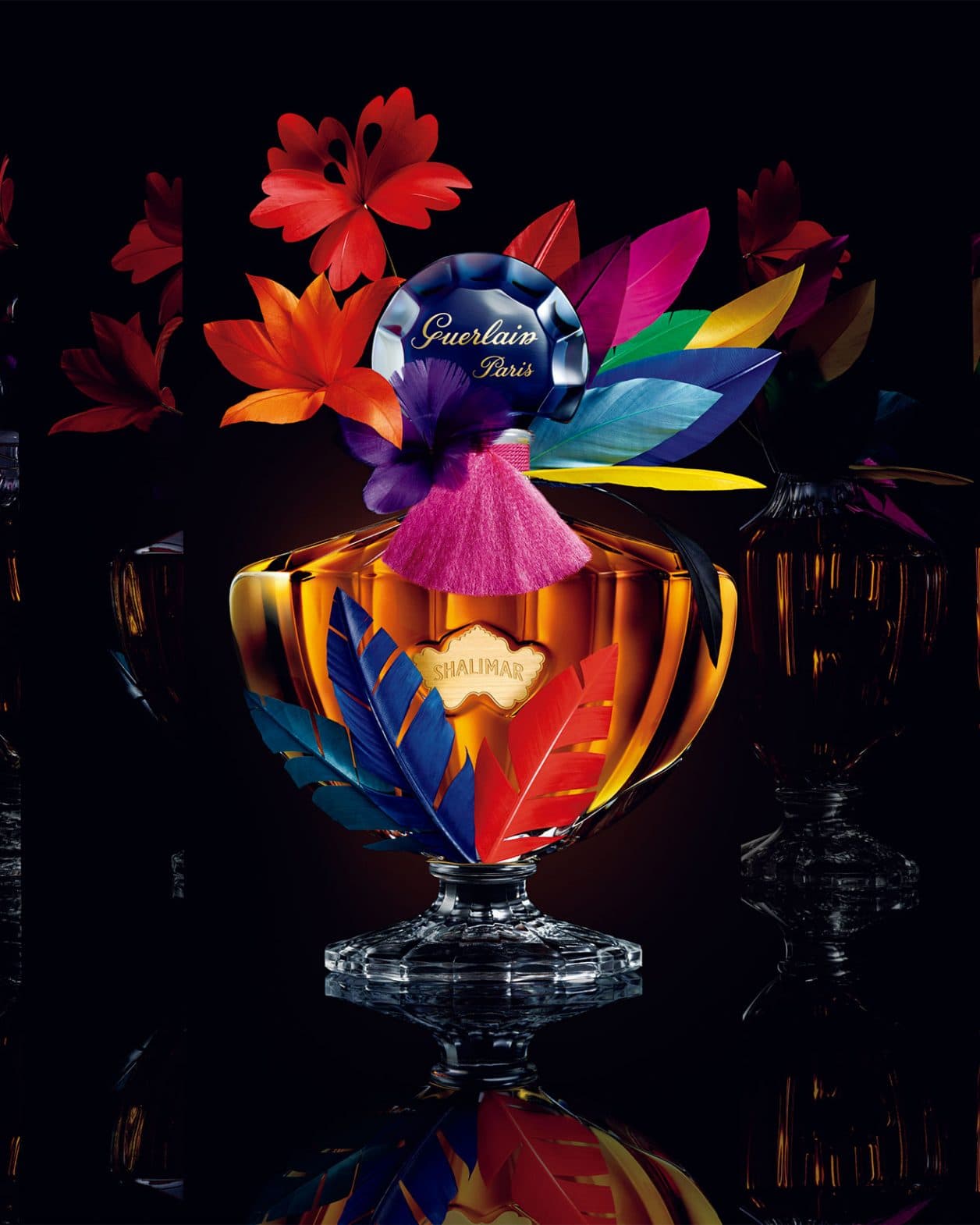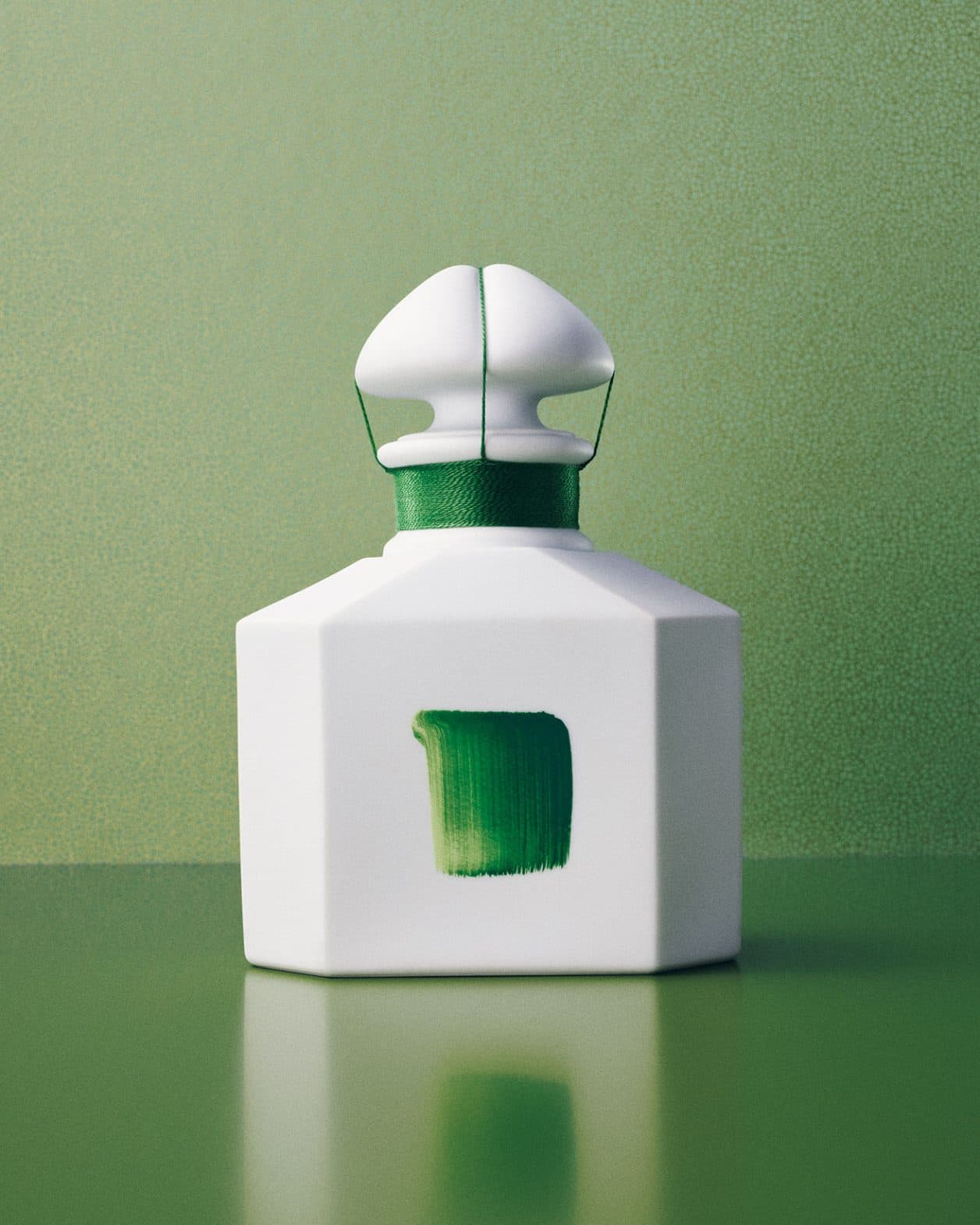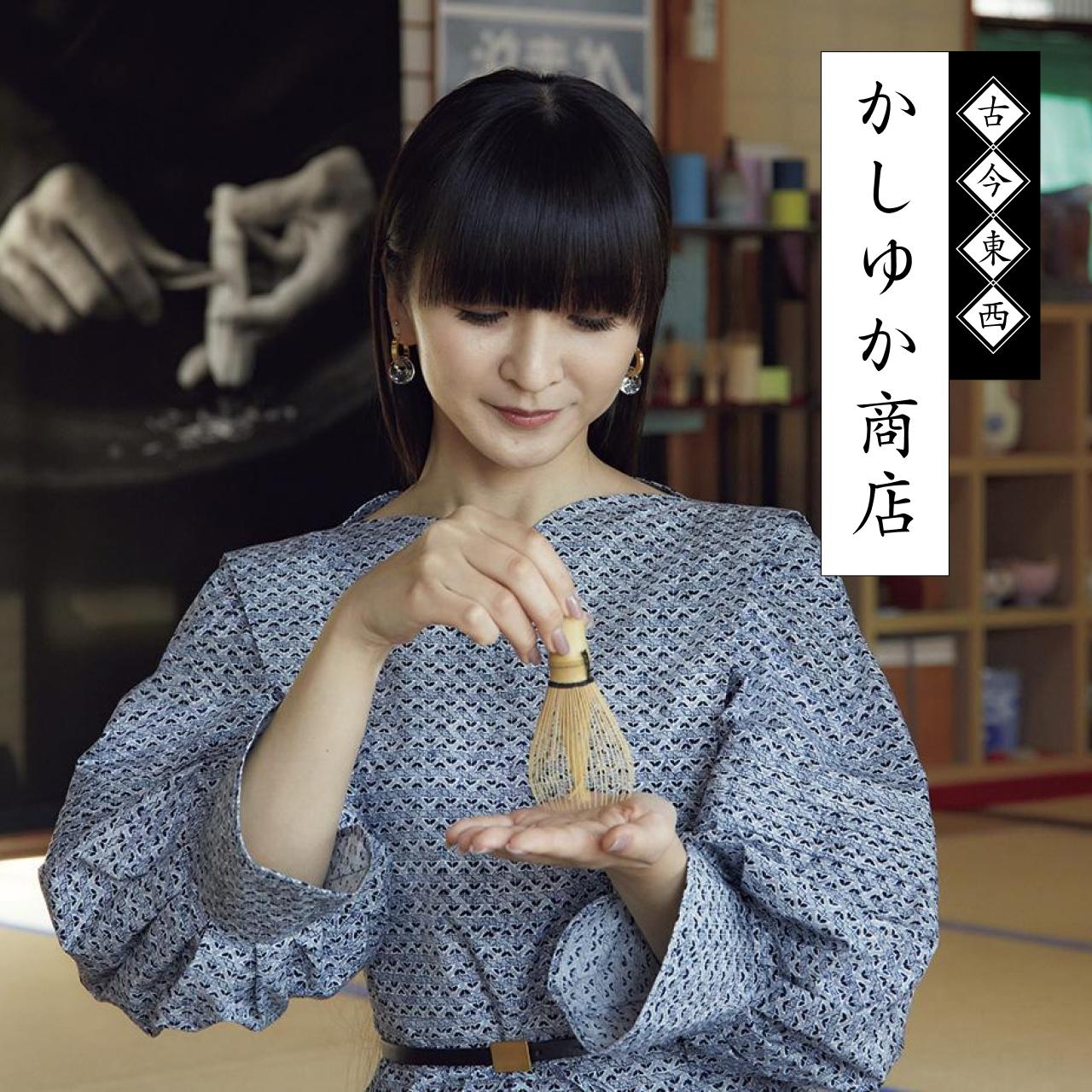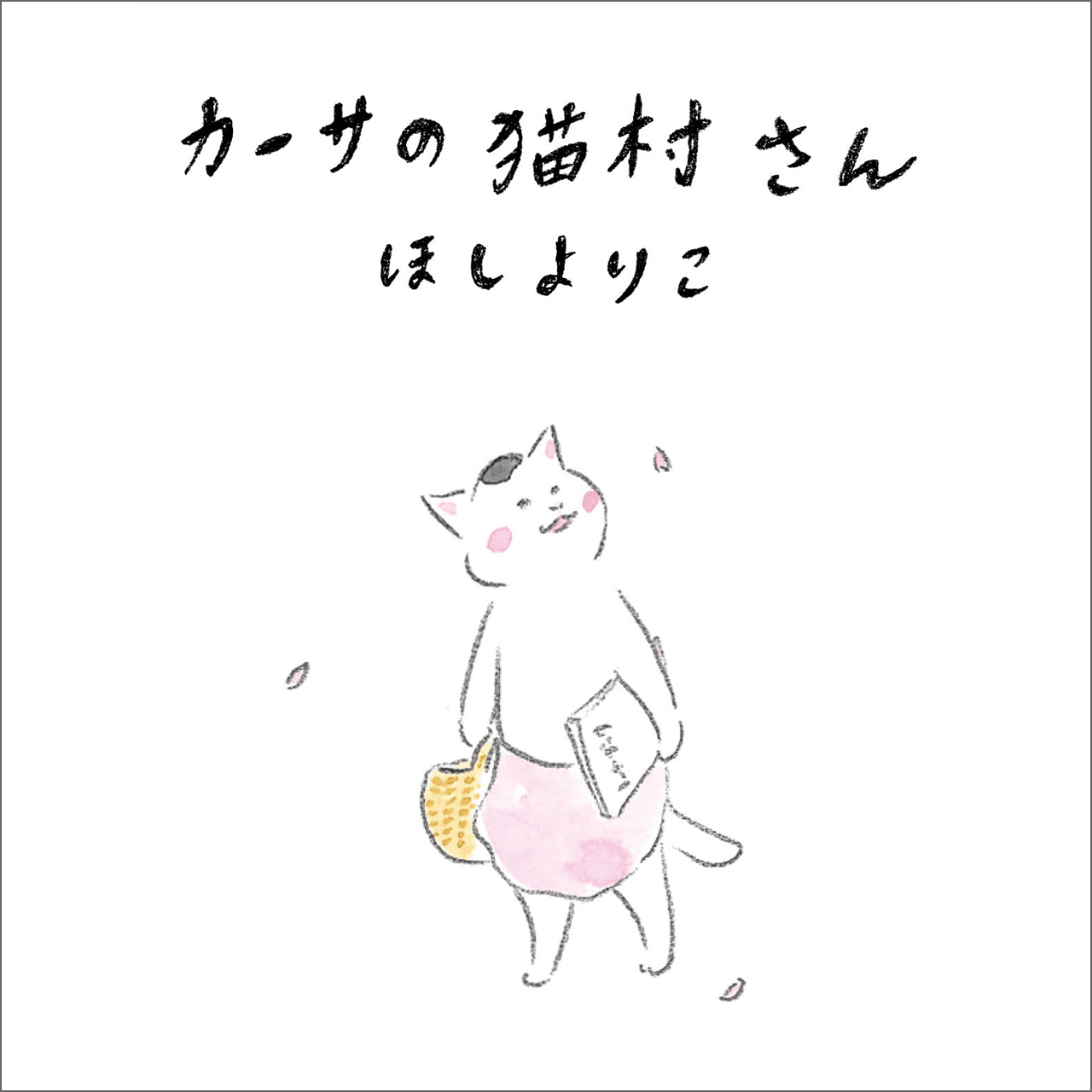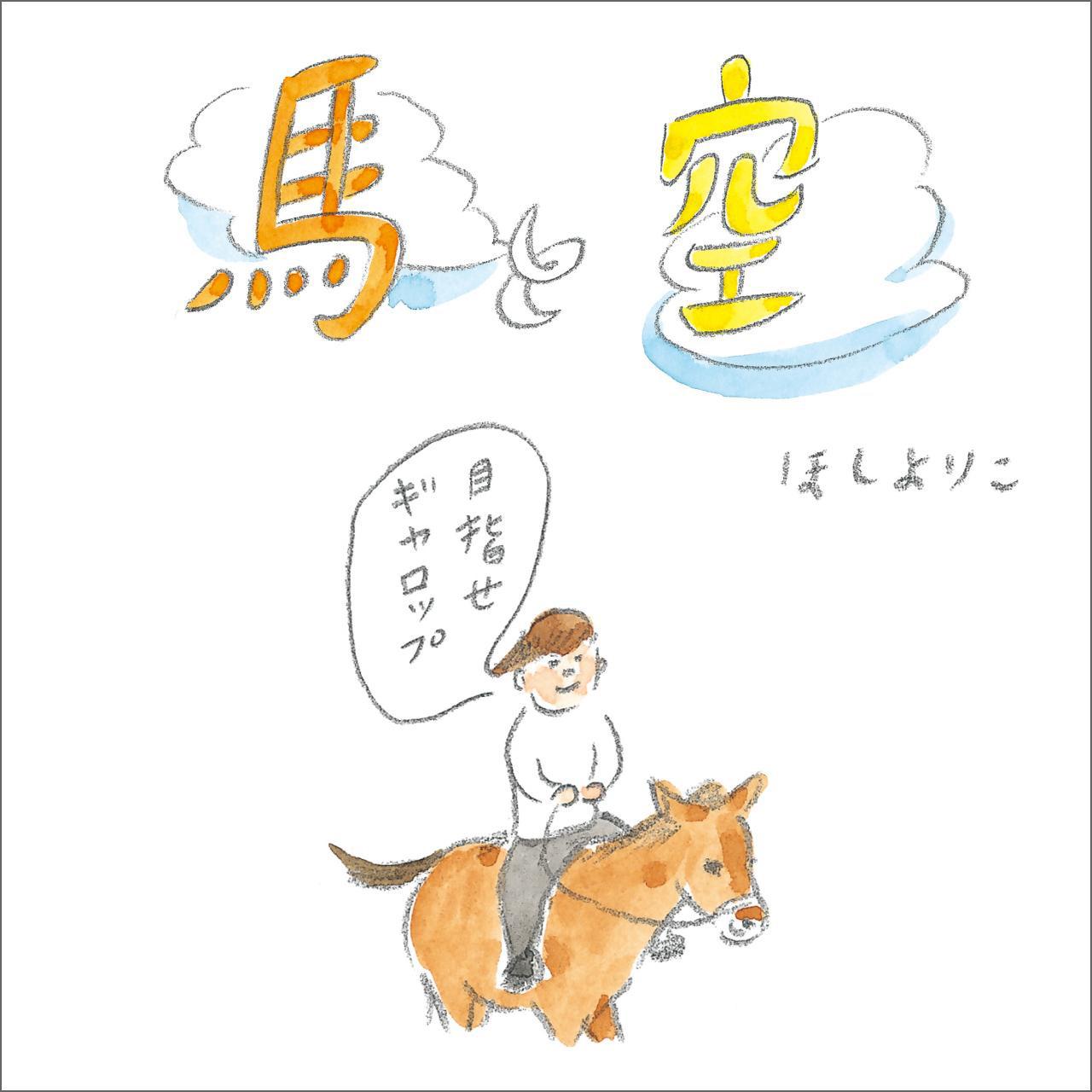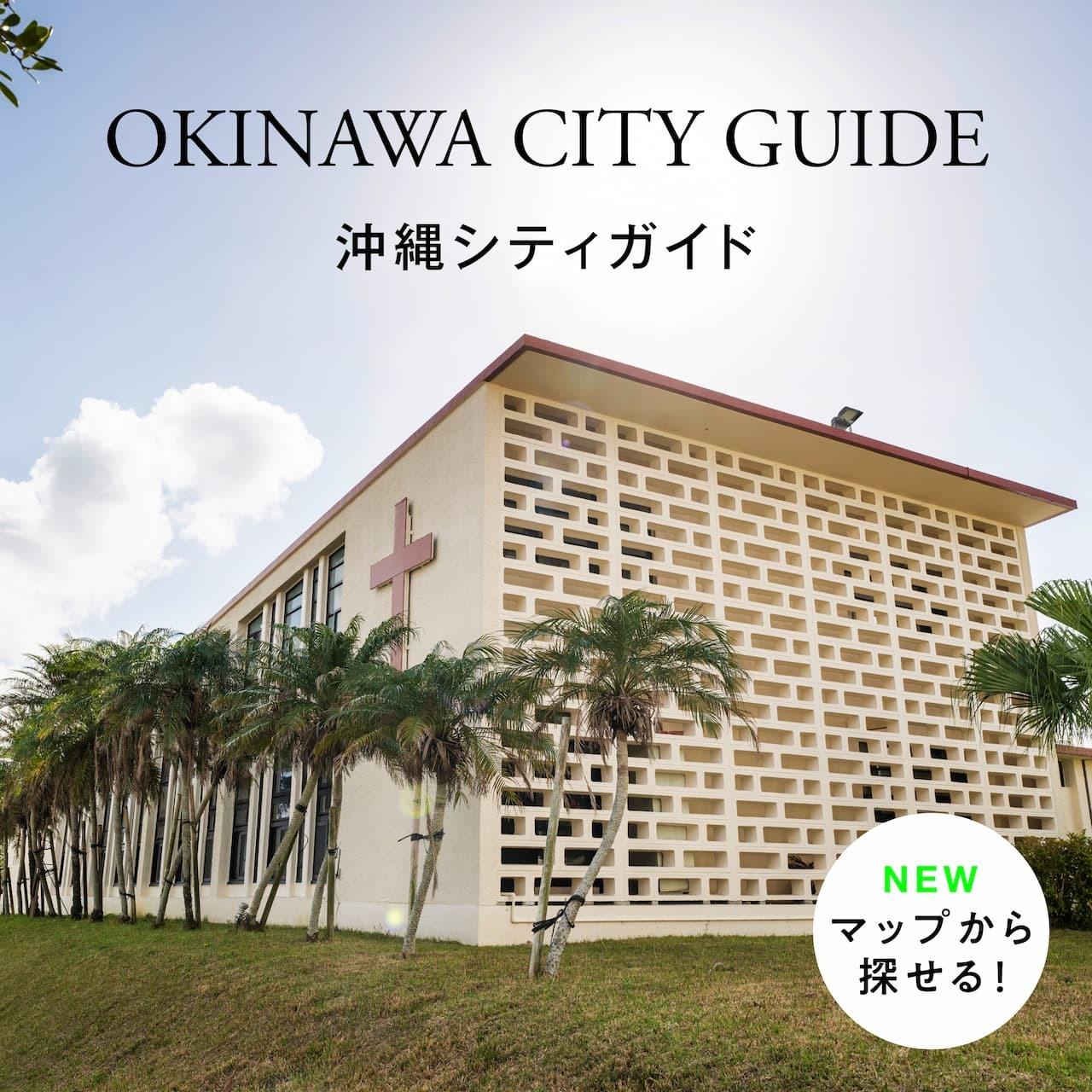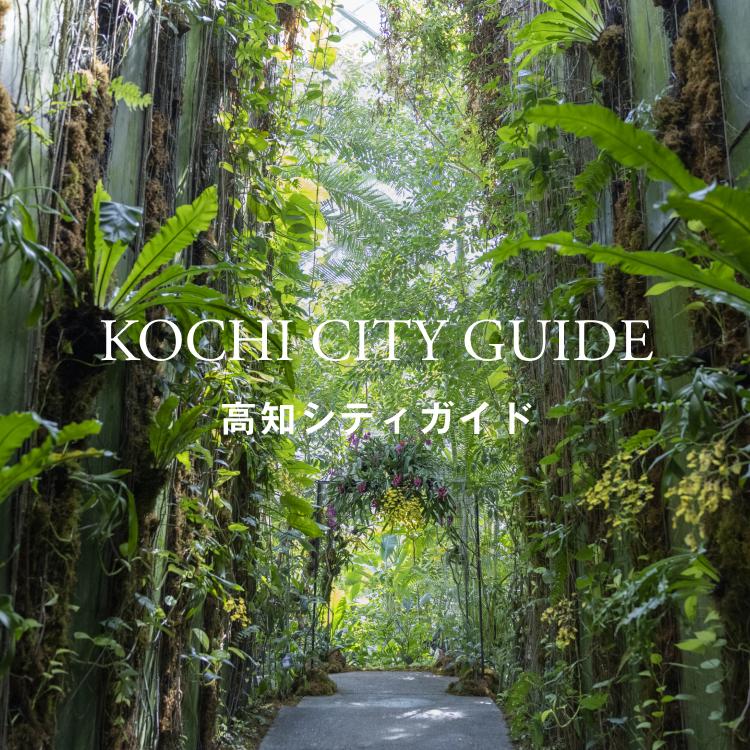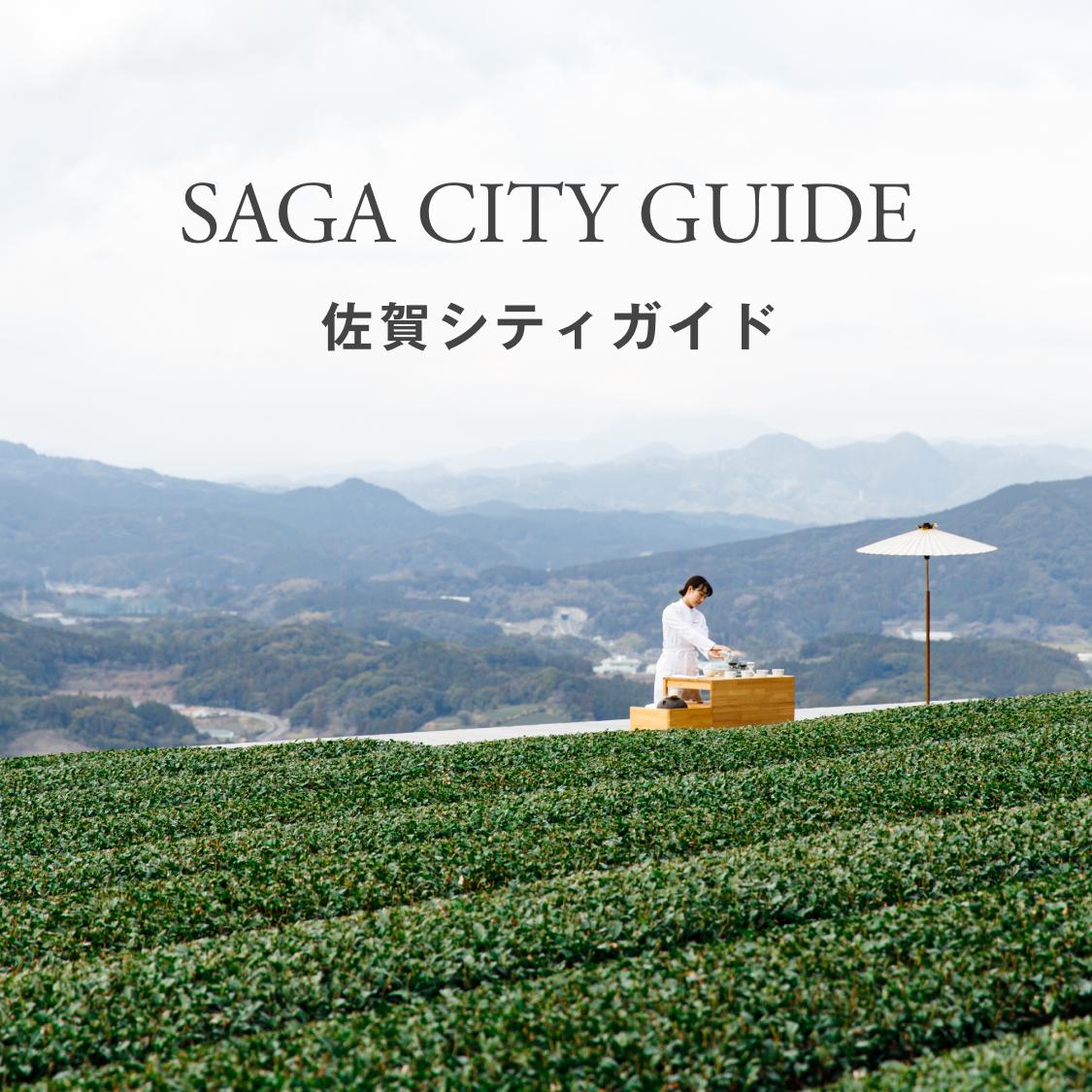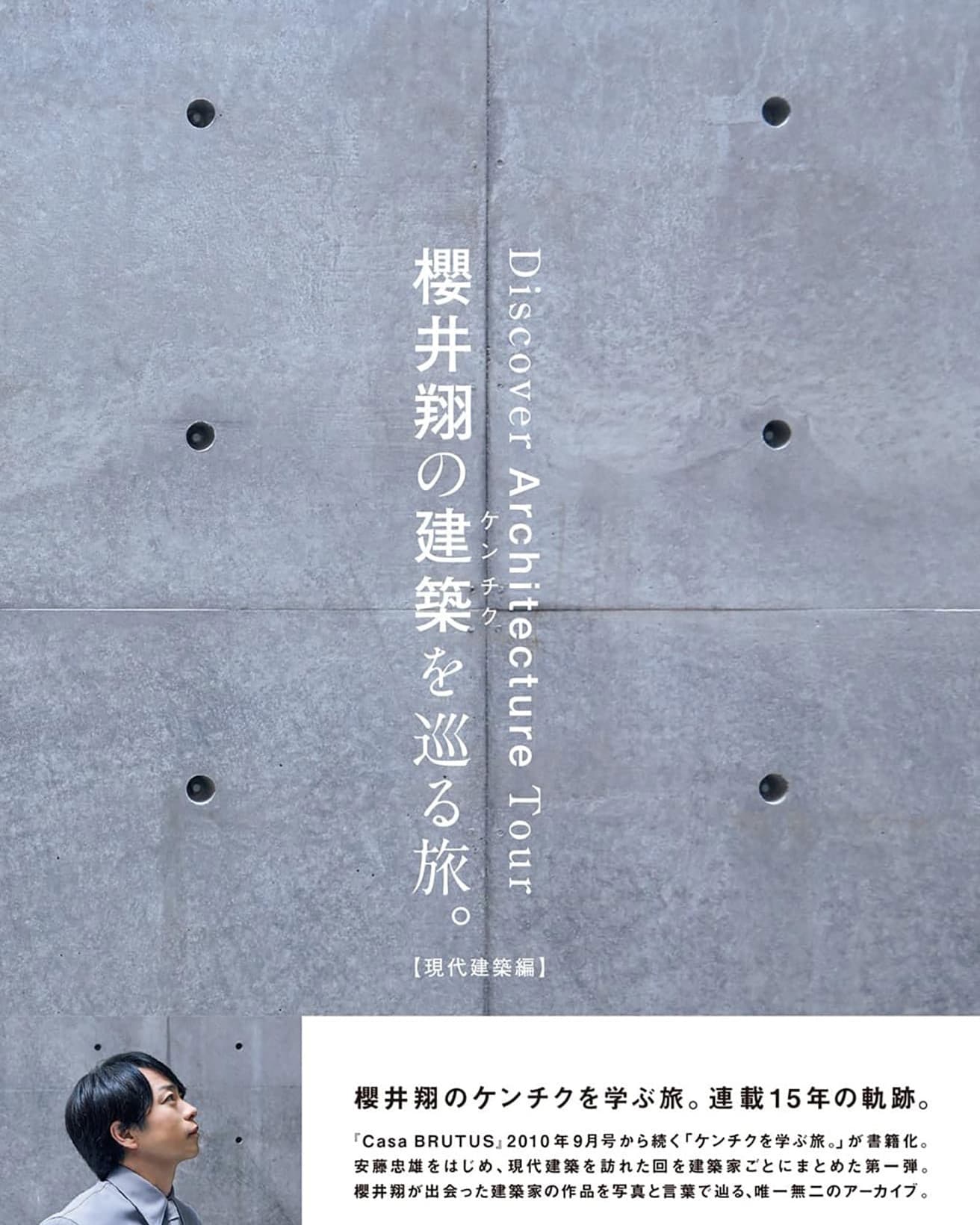DESIGN
Kokontozai: KASHIYUKA’s Shop of Japanese Arts and Crafts — Tsuzura
『カーサ ブルータス』2024年6月号より
| Design | KASHIYUKA’s Shop of Japanese Arts and Crafts | photo_Keisuke Fukamizu hair & make-up_Masako Osuga editor_Masae Wako translation_ Mika Yoshida & David G. Imber
Searching all of Japan for handcrafted items that express its heart and soul, our proprietor, KASHIYUKA, presents things that bring a bit of luxury to everyday life. Here she visits the area of Tokyo called Nihonbashi-Ningyōcho, a place made famous by its active trade in fine kimono. She encountered an artisan there known for the tsuzura, the beautiful box built expressly for storing kimono, which he crafts by hand.
